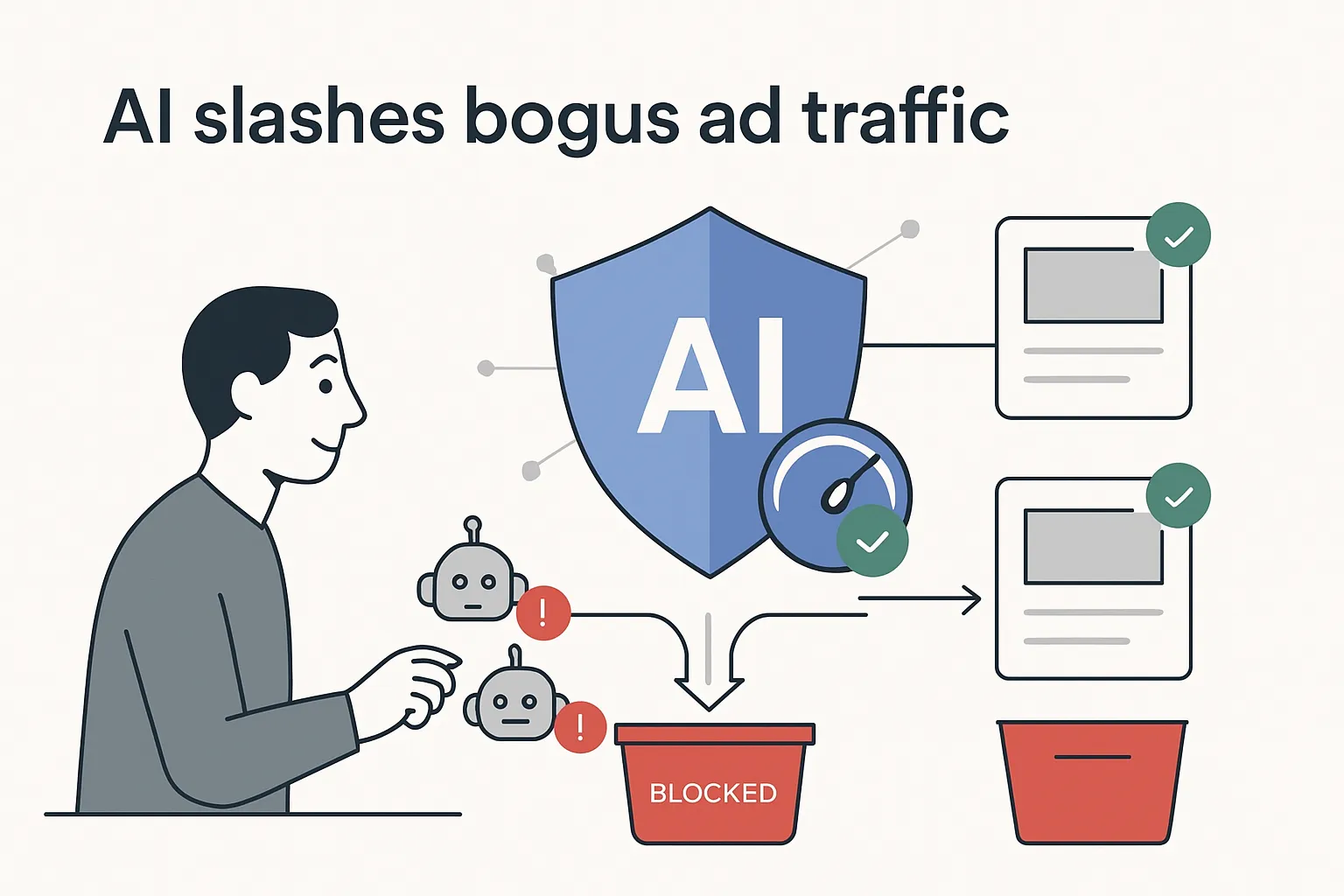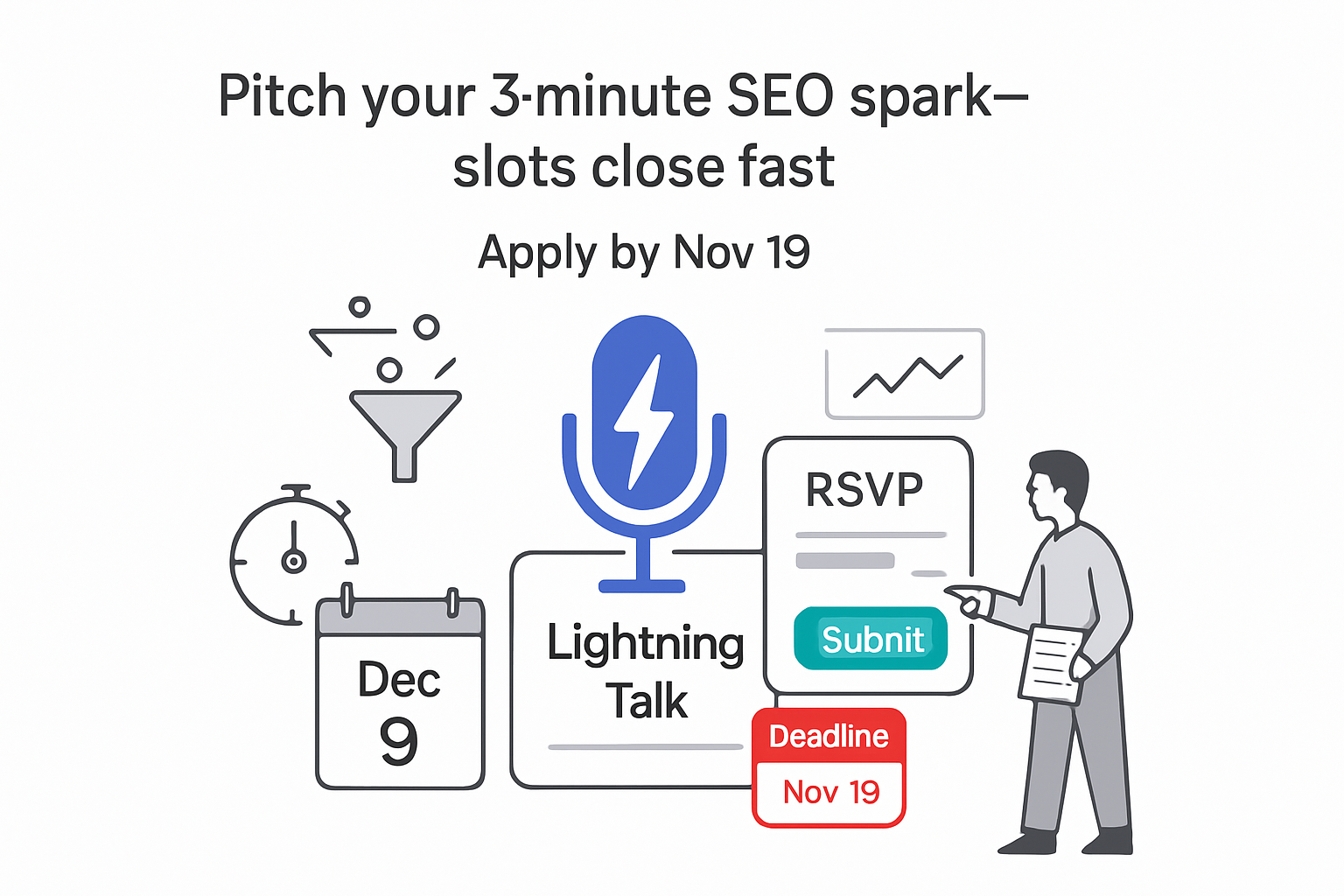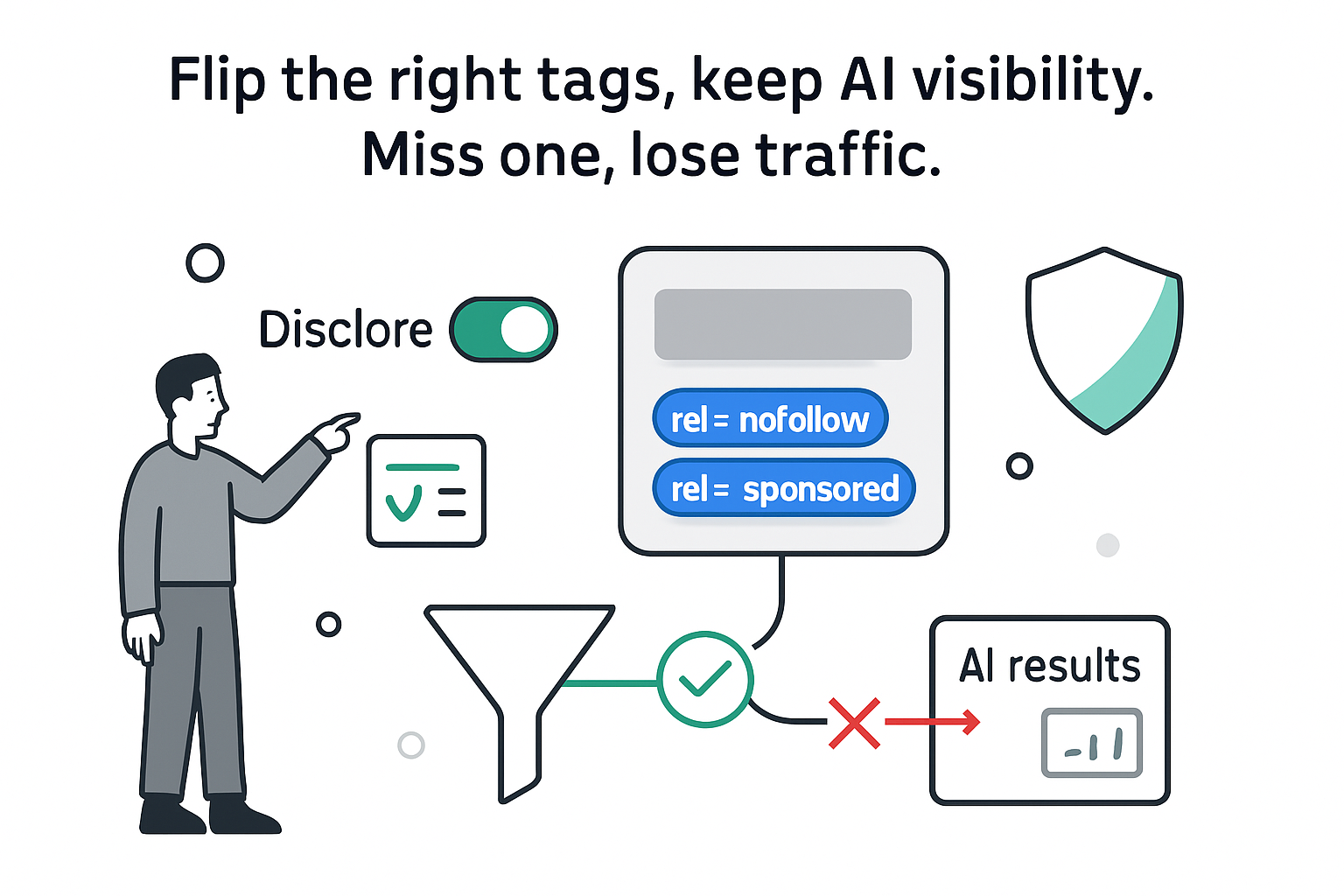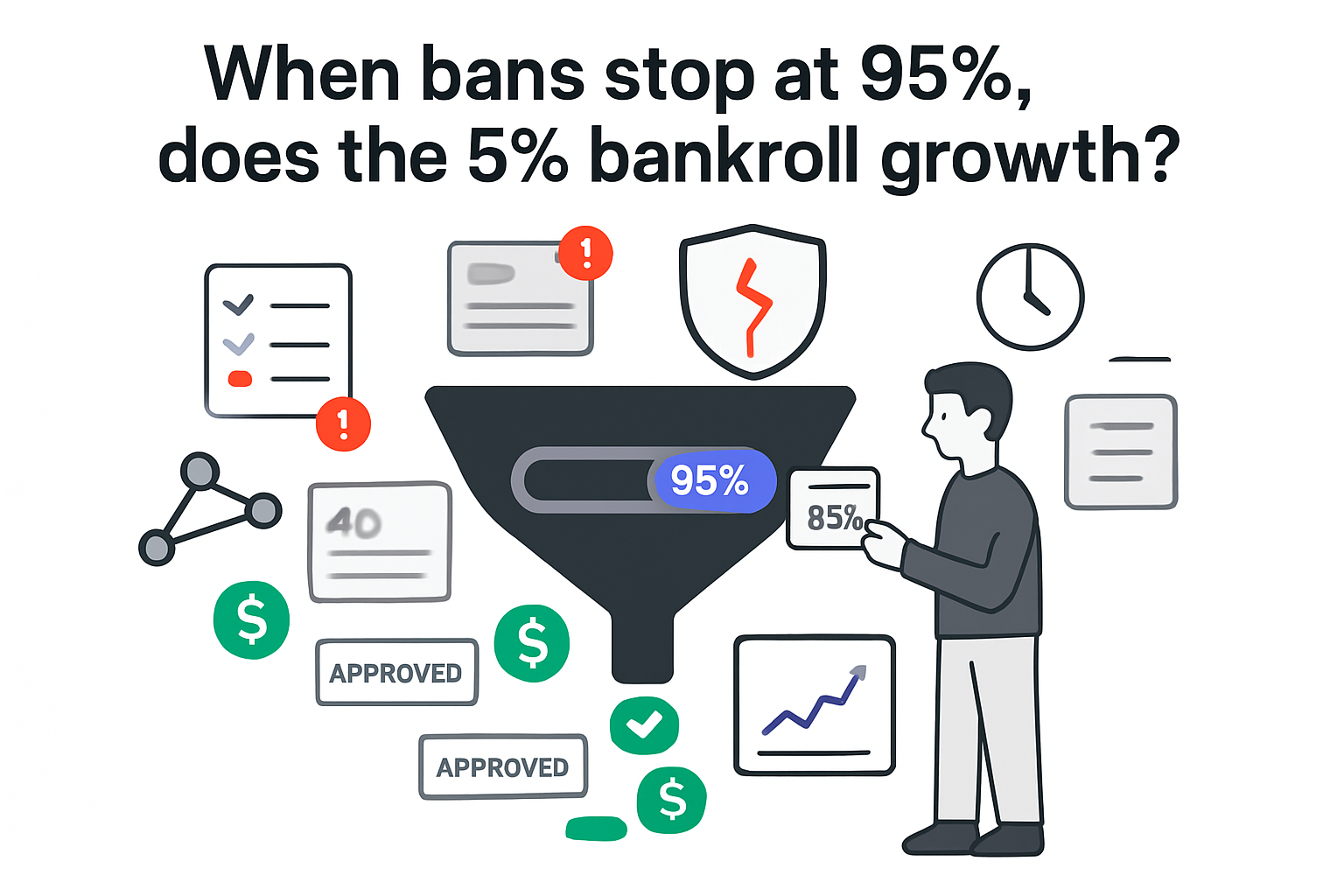Google says AI-driven protections have reduced invalid ad traffic linked to deceptive or disruptive ad serving by 40% across its ad platforms. The company disclosed the figure in a company blog post outlining expanded detection and enforcement.
The update adds multi-signal analysis and faster policy enforcement across Google advertising systems.

Key Details
- Google reports a 40% drop in invalid ad traffic tied to deceptive or disruptive serving, based on internal measurements.
- New protections assess multiple signals across the ad ecosystem to improve detection precision and speed up enforcement.
- The Ad Traffic Quality team collaborated with Google Research and Google DeepMind on new AI applications.
- Protections analyze app and web content, ad placements, and user interactions together.
- Large language models support content understanding and pattern detection at scale.
- A multi-layered approach continues, combining automated filters, manual reviews, and research-driven takedowns.
- Updates improve content review at scale and remove policy-violating placements faster.
- Advertisers are not charged for invalid traffic. Credits are applied after detection, even if an ad was served.
- Google says these protections apply across its ad platforms.
Background
Google defines invalid traffic as ad activity that does not come from a real person with genuine interest. The announcement focuses on deceptive or disruptive ad-serving behaviors that can generate illegitimate clicks or impressions.
Google describes the effort as ongoing work by its Ad Traffic Quality team. The strategy maintains automated and manual enforcement while expanding AI-driven content review using large language models.








.svg)